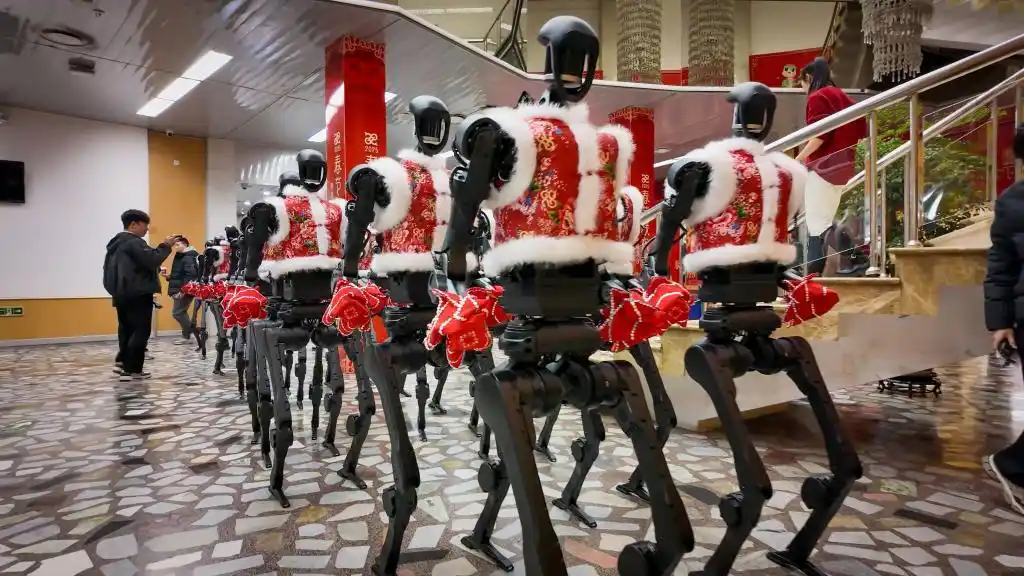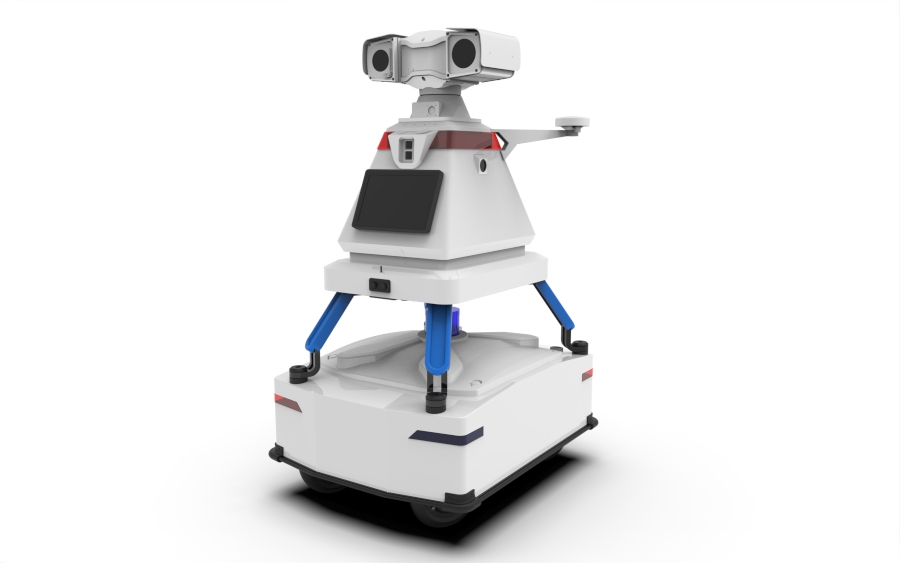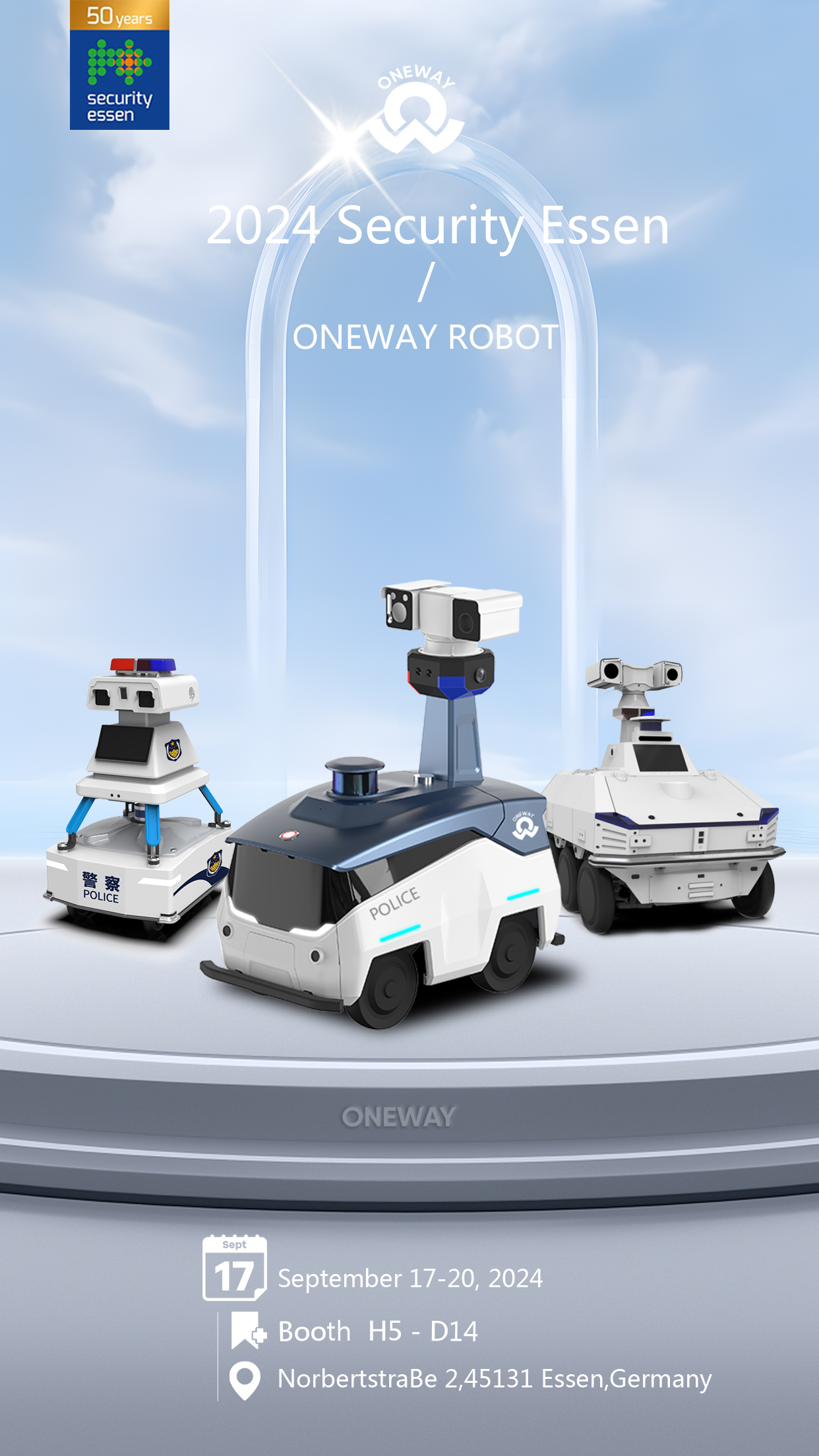
The security robot market is a highly promising and rapidly evolving niche, representing a new battleground that demands significant groundwork and preparation. In the short term, the market’s value will still be assessed based on the number of robots produced, but the fermentation of the entire robotics ecosystem is even more crucial.
According to IDC’s “Worldwide Commercial Robotics Spending Guide,” global spending on robotics technology and related services is projected to grow from $91.5 billion in 2016 to $188 billion by 2020, more than doubling its current base. The application of robotics technology will expand to more industries, driving profound intelligent technology transformations across various sectors.
The intelligent transformation in the security field is just the tip of the iceberg in the wave of robotics development. After facing frequent obstacles in the consumer robotics market, many companies have launched or shifted towards the development of commercial service products, extending the reach of robotics to diverse applications in agriculture, power, surveying, film, logistics, construction, and more. Consequently, more robotics companies, similar to Oneway Robotics, will focus on niche markets, avoiding the giants and dedicating themselves to developing enterprise service robots. The enterprise-level robotics market might indeed usher in a flourishing spring, leading to a prosperous era where the robotics industry blossoms.
In the near future, thousands of robots will work simultaneously in different fields, making management and evolution key issues. Therefore, service robots based on cloud services will be the trend of the future.
In terms of cloud services, the deployment of public, private, or hybrid clouds will be tailored to different user needs. For public clouds, users can manage robots online and perform device diagnostics via mobile apps, achieving complete internetization. Private cloud deployment meets the needs of high-end users for intranet security, while reserving public cloud interfaces allows for easy upgrades to hybrid cloud models. This approach facilitates knowledge accumulation and sharing through cloud services, enabling gradual expansion and upgrades.
In the future, when a new industrial ecosystem takes shape, the operational model of security robots may undergo fundamental breakthroughs. The initial formation of the financing and leasing operational model will provide robotic services, balancing scenarios and users. Additionally, intelligent security products integrating image and video precise recognition, big data mining, and intelligent early warning will emerge, injecting strong momentum into the development of the security industry.







